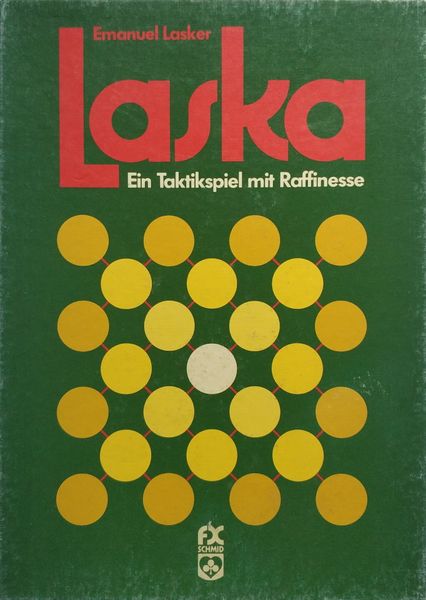Laska (1911) Board Game
Laska is an abstract strategy board game that was designed by Emanuel Lasker, a German chess player and mathematician, in in 1911. The game is played on a square grid board and is known for its challenging gameplay and strategic depth. Laska is a two-player game that involves player elimination and grid movement mechanics.
Game Components of Laska
How To Setup Laska
To set up Laska, place the game board in the middle and arrange 11 pieces for each player on their respective starting squares. The pieces are positioned on the dark squares, with a row left empty between the two sets of pieces. This setup can also be adapted using a standard checkers board by blanking out two rows.
Gameplay Mechanics and Game Objective
Player Experience
Laska offers a unique and engaging experience, combining the simplicity of checkers with the strategic depth of more complex games. Players must think carefully about capturing and forming columns, as these can either strengthen their position or create vulnerabilities. The game requires a balance of short-term and long-term strategy, making it both challenging and rewarding.
Pros
Cons
Personal Thoughts on Laska
Laska is an excellent choice for those who enjoy strategic board games but are looking for something a bit different from the usual checkers or chess. It is particularly appealing to players who appreciate complex tactics and the ability to outmaneuver their opponents. While it may not be the best fit for casual gamers due to its complexity, it is a gem for those who enjoy diving deep into game mechanics and strategic play.
We are supported by our audience. When you purchase through links on our site, we may earn an affiliate commission, at no extra cost for you. Learn more.

